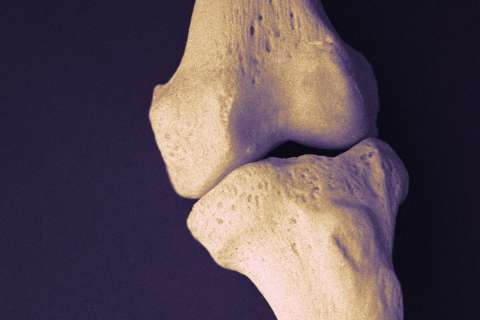Dear Doctors: I am 33 years old, and I’ve been diagnosed with sciatica. It’s hard to sit at my desk for my job. Sometimes the pain wakes me up at night. Could this have happened from lifting boxes when we moved? My husband says I should see a chiropractor. Is there anything else that can help?
Dear Reader: When you have sciatica, it means that something is putting pressure on, is irritating or has caused damage to the sciatic nerve.
Although it is referred to in the singular, the sciatic nerve is a complex structure that includes two different bundled and branching nerves and multiple nerve roots. Taken together, these form the longest nerve in the body. The sciatic nerve originates in the lower back. It then travels through the pelvis and buttocks, runs down the back of each leg, and ends at each heel. It helps to animate the muscle groups that we use to stand and walk, and it contributes to sensation in the parts of the body that it serves. That’s why, in addition to inflammation and pain, sciatica can sometimes result in numbness.
The heavy lifting that you did during your move may indeed have led to your case of sciatica. Incorrect lifting can contribute to one of the main causes of the condition, which is a bulging, herniated or misaligned disc in the spine, which presses on the sciatic nerve. Additional causes can include a narrowing of the spinal canal, known as spinal stenosis; tightness or spasms in the muscles that stabilize the spine; and new or preexisting damage to the structure of the spine.
Pregnancy, diabetes, being overweight, being sedentary and slumping while seated can all add to the risk of developing sciatica. Symptoms include a sharp and sudden pain in the buttocks, back of the leg or along the outer calf; numbness; tingling or a pins-and-needles sensation in the leg or the foot; and muscle weakness in the leg, ankle or foot. Standing is difficult when you have sciatica, and lying down often eases the pain. In some cases, the symptoms ease a bit when walking.
The first line of treatment often begins with medications. These are to ease inflammation and, if needed, manage muscle spasms and pain. Once those are under control, patients are typically referred to a physical therapist, who works with them on appropriate exercises, improving posture and preventive ergonomics. It’s not common, but in some cases surgery may be needed to relieve pressure on the nerve.

Chiropractic care, which involves manipulation of the spine, can be useful in sciatica. It can relieve pain without medication and can help with the alignment issues that triggered the condition. Be sure to find a chiropractor with experience in dealing with sciatica, and ask them how they will approach your case. While chiropractic treatment is considered a safe therapy for sciatica, it’s always a good idea to vet your health care provider and be familiar with what the treatment will entail.
Going forward, it’s important to avoid heavy lifting, and be careful about maintaining good posture, particularly while spending long hours at your desk.
(Send your questions to [email protected], or write: Ask the Doctors, c/o UCLA Health Sciences Media Relations, 10960 Wilshire Blvd., Suite 1955, Los Angeles, CA, 90024. Owing to the volume of mail, personal replies cannot be provided.)





